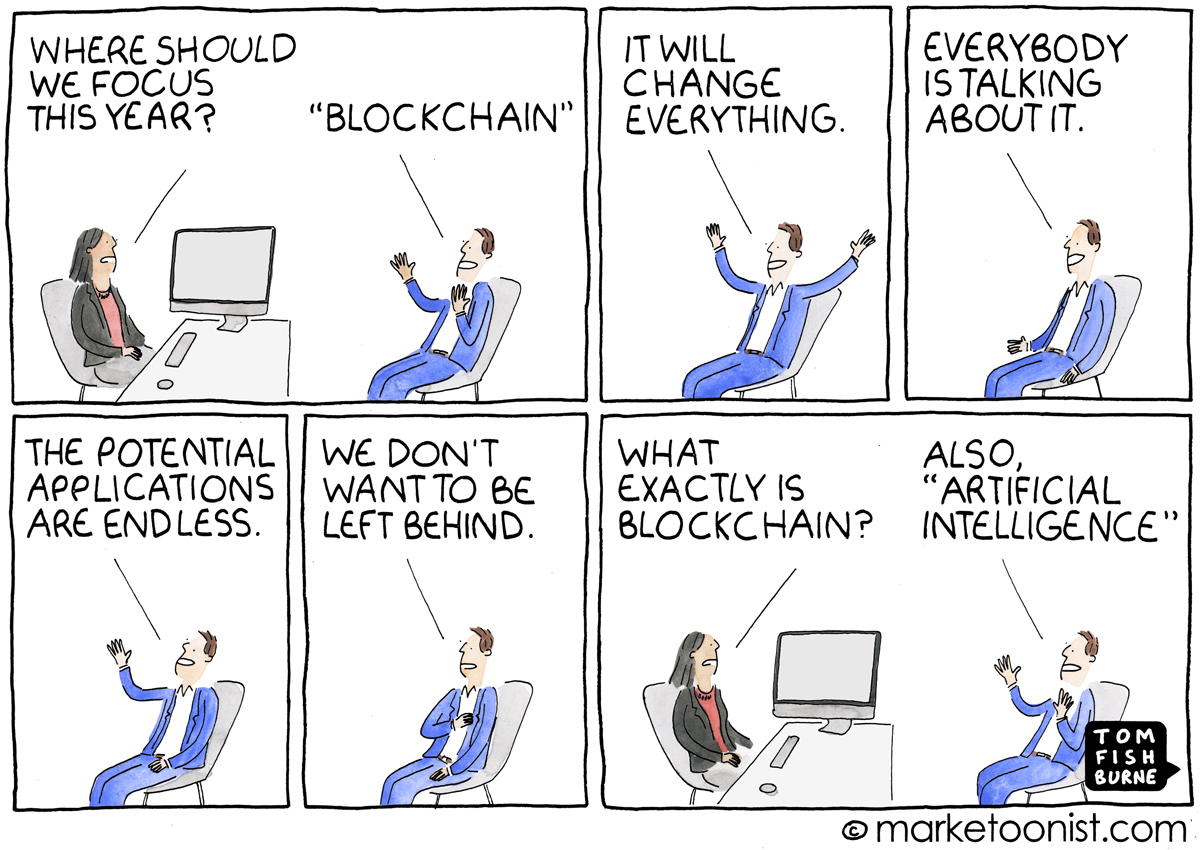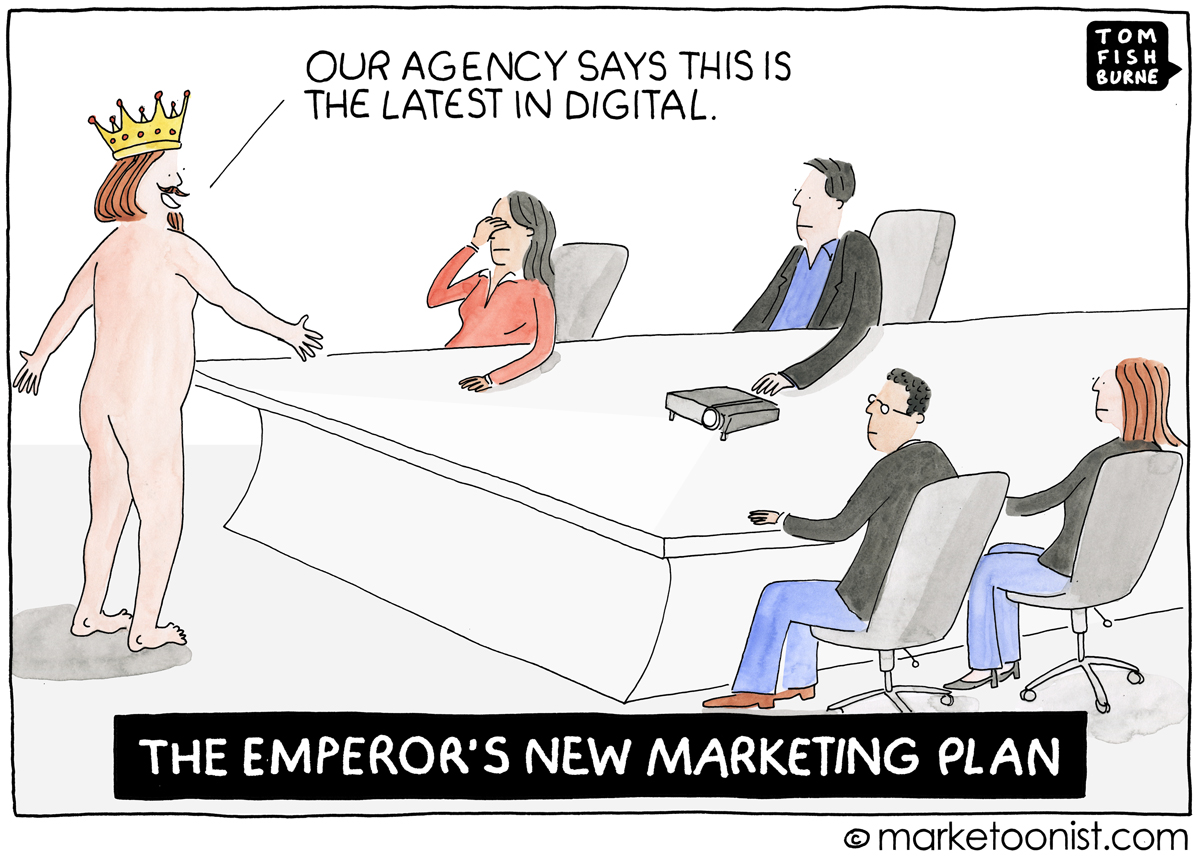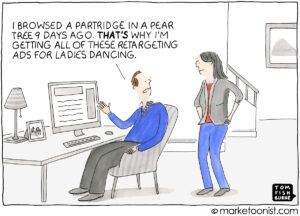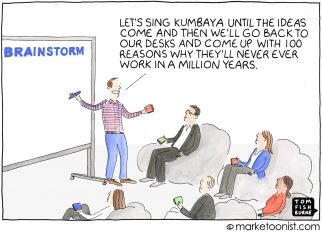A few weeks ago, a publicly traded beverage company called Long Island Iced Tea Corp changed it’s name to Long Blockchain and announced that it was focusing on blockchain technology. Their stock surged 200% on the news.
Last week, Chanticleer Holdings, which owns burger restaurants and is a franchisee of Hooters, said that it was using blockchain for a new customer rewards program across its restaurants. Their stock shot up by 50%. As they put it:
“Use your Merit cryptocurrency mined by eating at Little Big Burger to get a buffalo chicken sandwich at American Burger Co., or trade them with your vegan friend so he can get a veggie burger at BGR. And that’s just the beginning.”
“Just the beginning” is right. Blockchain is suddenly on the radar of business and marketers are being asked, “what’s your blockchain strategy?” Blockchain is the shiny new thing of 2018.
And as with every shiny new thing, there’s potential, but it gets masked and obscured by all the hype. This is particularly the case with a complicated technology like blockchain, where there’s a lack of understanding of what the shiny new thing even means.
I found an interesting blockchain resource for marketers, called “The CMO Primer for the Blockchain World” by Jeremy Epstein. It’s incredibly bullish and Jeremy himself admits that he may have “drunk too much Kool-Aid”. But it is a handy overview of some of the potential long-term use cases for marketers, including online ad verification, customer data protection, and product tracking. And I found the underlying metaphor of blockchain as a “trust machine” to be a useful lens.
I think marketers have a tendency to get so excited about shiny new things that we can lose sight of the fundamentals. In the long run, if we want to market iced tea and burgers, we can’t stray too far away from the iced tea and burgers.
Here are a couple other cartoons I drew about the shiny new thing:
“Shiny Object Syndrome“ May 2015

“The Emperor’s New Marketing Plan“ May 2017





Jennifer Nelson says
I always appreciate your level headed approach Tom. On the one hand, we don’t want to dismiss everything new as a fad, but on the other, it is WAY to easy to distracted by the “shiny” of the new object and miss the potential for leverage-able ideas that may be baked in (and genuinely helpful) in the new approach.
From just a few years ago… “growth hacking” as it went from the definitive focus of startups to the new cool term we all had to have a variant of in our F100 companies. Easy to dismiss as a fad for Silicon Valley, but it doesn’t mean there aren’t some core principles and ideas that I’d like all of my marketing and business owner clients to adopt (for example, in growth hacking parlance: enticing users to expand user base is also a reminder to the FMCG and durables world to find corollaries in inherent WOM based tactics).
Lets find value — without being swept away or overly myopic to the concept.